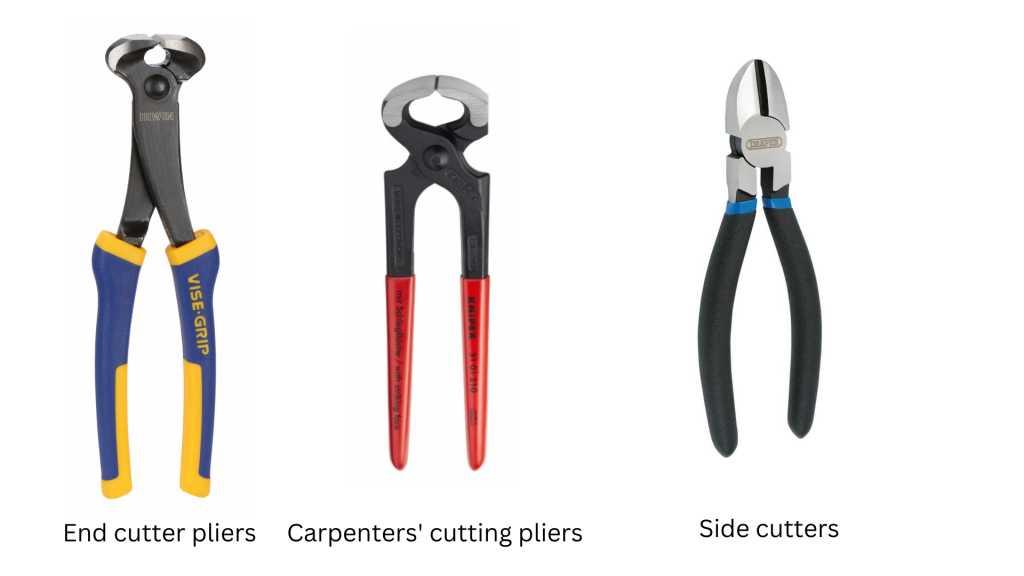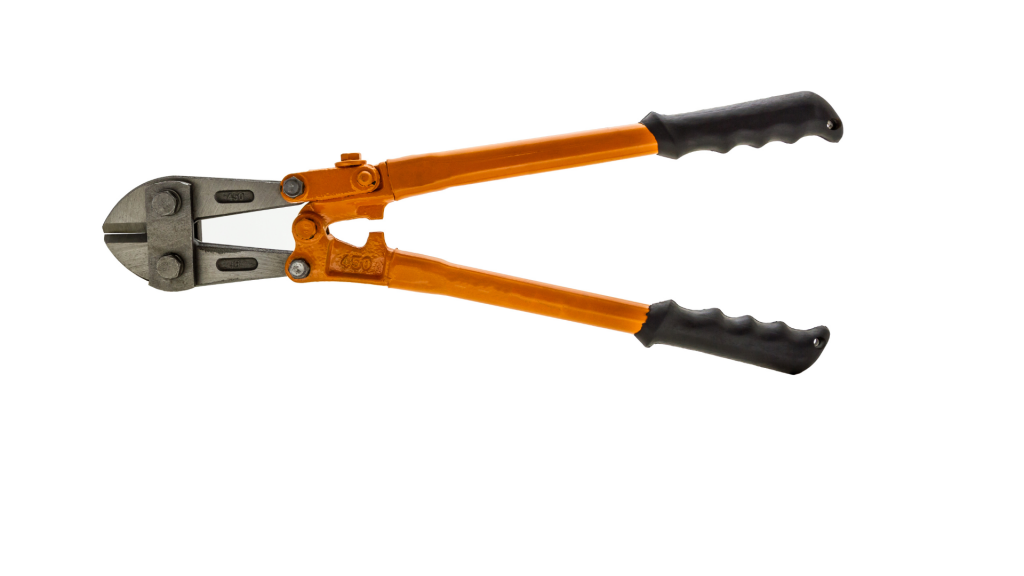What is the difference between end-cutter pliers and side cutters? What are locking pliers good for, and when are compact cutters needed? We’ve shed some light on them so you can be clear about it once and for all. Choose the kind of splitters that make your work easier.
Cutters are used to cut and split wires, electric cables, metal rods, hoses, pins, rivets, sheet metal and plastic and to remove nails from wood. (Previously, nails were shortened with them when they could not be found in suitable lengths on the market.)

They cut thanks to the sharp edges, usually made of high-quality hardened steel. They must fit exactly along the entire length, which you can easily check by looking at the light.
We distinguish between two basic types of splitters according to the location of the blades:
- End cutters – they have blades perpendicular to the handles, so they are suitable for cutting short parts “from the front”,
- Side/diagonal cutters – the blades parallel to the handles allow access to the cut material from the side, which is useful, for example, for long wires or cables.
End cutting pliers
The end cutting pliers have blades that are turned “forward”, so they can be used to pick up the head of the nail and then pinch it or pull it out of the wood. Thanks to their rounded head, they are also ideal for pulling out nails. It firmly rests on the surface of the wood during work and thus helps to increase the leverage. They are usually produced in lengths from 160 to 300 mm.
End cutters with one outer side of the head folded flat are carpenters’ end-cutting pliers. The mentioned surface serves as a hammer. It comes in handy when you pull out a bad nail and need to hammer a new one right back in.
Another variant of front splitters is the so-called steel fixers pliers. They tend to be the same length as carpenter’s pliers but have a smaller and narrower head with a cutting edge. They can also get into tight spaces.
It is used primarily for working with rabic mesh and the binding wire that fastens concrete reinforcement and reinforcement bars in reinforced concrete structures. They enable the ends of the wire to be grasped, twisted and the excess cut off in practically one step.
Mini pliers with a 115 to 130 mm length stand out when working in electronics and fine mechanics. They have tiny blades for cutting the finest wires and cables in confined spaces. The blades can also be angled for better access where the place cannot be reached from the front or the side.
Tip: If misused, the front splitters can become loose. Therefore, be careful to always cut through the centre of the blades and not at their edges.
Side cutters
Side cutters have blades located in line with the handles. They are mainly used for cutting wires, electrical cables, and plastic and sheet metal. In short, the cut material can be approached from the side without binding the hand holding the handle. They are produced from 100 to 200 mm lengths and can be found in practically every household.
Heavy duty cutters
When you need to cut a chain, padlock or rebar, heavy duty cutters come into play and can handle it. And that thanks to the specifically designed joint, and thanks to the long handles, which can be held with both hands and allow you to get a good grip. Both create an even larger gear ratio, in other words more leverage.

Moreover, it doesn’t have to cost you much energy. For example, CoBolt pliers from Knipex can save up to 60% of effort compared to power pliers, according to the manufacturer.
Lever pliers usually have side edges. Knipex also offers a type with a head bent by 20°. Thanks to this, you can cut a wire or even a rivet parallel to the surface, even where your fingers gripping the handle would otherwise get in the way.
What types of pliers and cutters are good to keep at home?
Combination pliers
As the name implies, they combine flat jaws, pliers and a wrench. You can also cut wire with sharp cutting jaws. It is also used to pull out nails; you can turn nuts and bolts with them.
End cutting pliers
They are used to pull out nails or cut wires. Make sure they have an insulating coating, not only to protect against electric current but also so they don’t slip in your hand.
Side cutters
They are mainly used for cutting (electrical wires and cables).
Leave a Reply